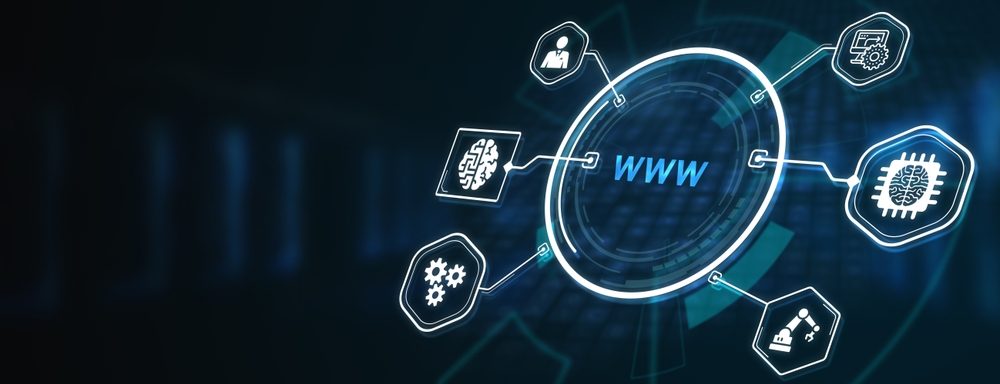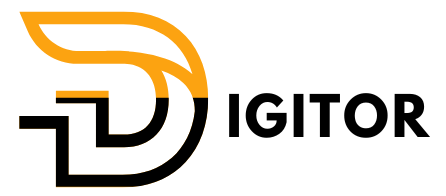How Do I Make Sure My WordPress Site is Secure?
To ensure your WordPress site is secure, follow these essential steps to safeguard against vulnerabilities and protect your website from cyberattacks:
1. Keep WordPress, Themes, and Plugins Updated
Regular updates are released to fix security issues and improve functionality. Ensure your WordPress core, themes, and plugins are always up to date to patch known vulnerabilities.
2. Use Strong Passwords and Two-Factor Authentication (2FA)
- Set complex, unique passwords for all user accounts, especially for administrators.
- Enable two-factor authentication to add an extra layer of security when logging in.
3. Install a Security Plugin
Plugins like Wordfence or Sucuri provide firewall protection, malware scanning, and real-time monitoring. These plugins actively defend against hacking attempts.

4. Choose a Secure Hosting Provider
A good hosting provider offers built-in security features such as firewalls, automatic backups, malware detection, and secure file transfers. Opt for a reputable host that prioritizes website security.
5. Use SSL Encryption
Install an SSL certificate to encrypt data transferred between your website and users, protecting sensitive information like login credentials and personal data. This also boosts your site’s credibility and SEO.
6. Limit Login Attempts
Brute force attacks try multiple password combinations to gain access to your site. Use a plugin like Login Lockdown to limit login attempts and block suspicious IP addresses.
7. Backup Your Site Regularly
Regular backups ensure you can restore your website if it is compromised. Use plugins like UpdraftPlus to automate backups and store them in a secure, offsite location.
8. Disable File Editing in WordPress Dashboard
By disabling file editing in the WordPress dashboard, you can prevent hackers from accessing theme and plugin files if they gain access to your account. Add the following line.
9. Secure wp-admin with IP Whitelisting
Restrict access to your WordPress admin area by limiting it to specific IP addresses. This prevents unauthorized users from even seeing your login page.
10. Monitor Activity and Audit Logs
Keep track of any changes on your site using an activity log plugin. It will help you spot suspicious actions or unauthorized changes early.
By following these security practices, you’ll significantly reduce the risk of your WordPress website being compromised. If you’re unsure about your site’s current security setup, consider reaching out to professionals for a comprehensive security audit.
Explore more related articles to deepen your understanding and make informed choices about graphic design techniques
WordPress Website Developer: Expert Solutions for Your Online Presence
Custom WordPress Development: Tailored Websites for Your Business







